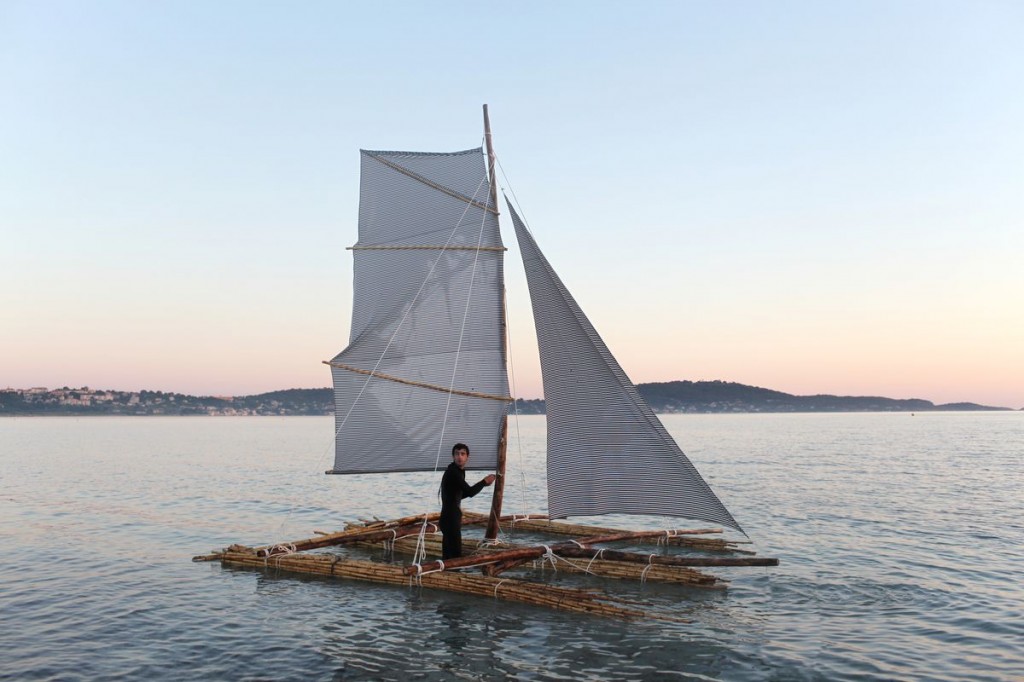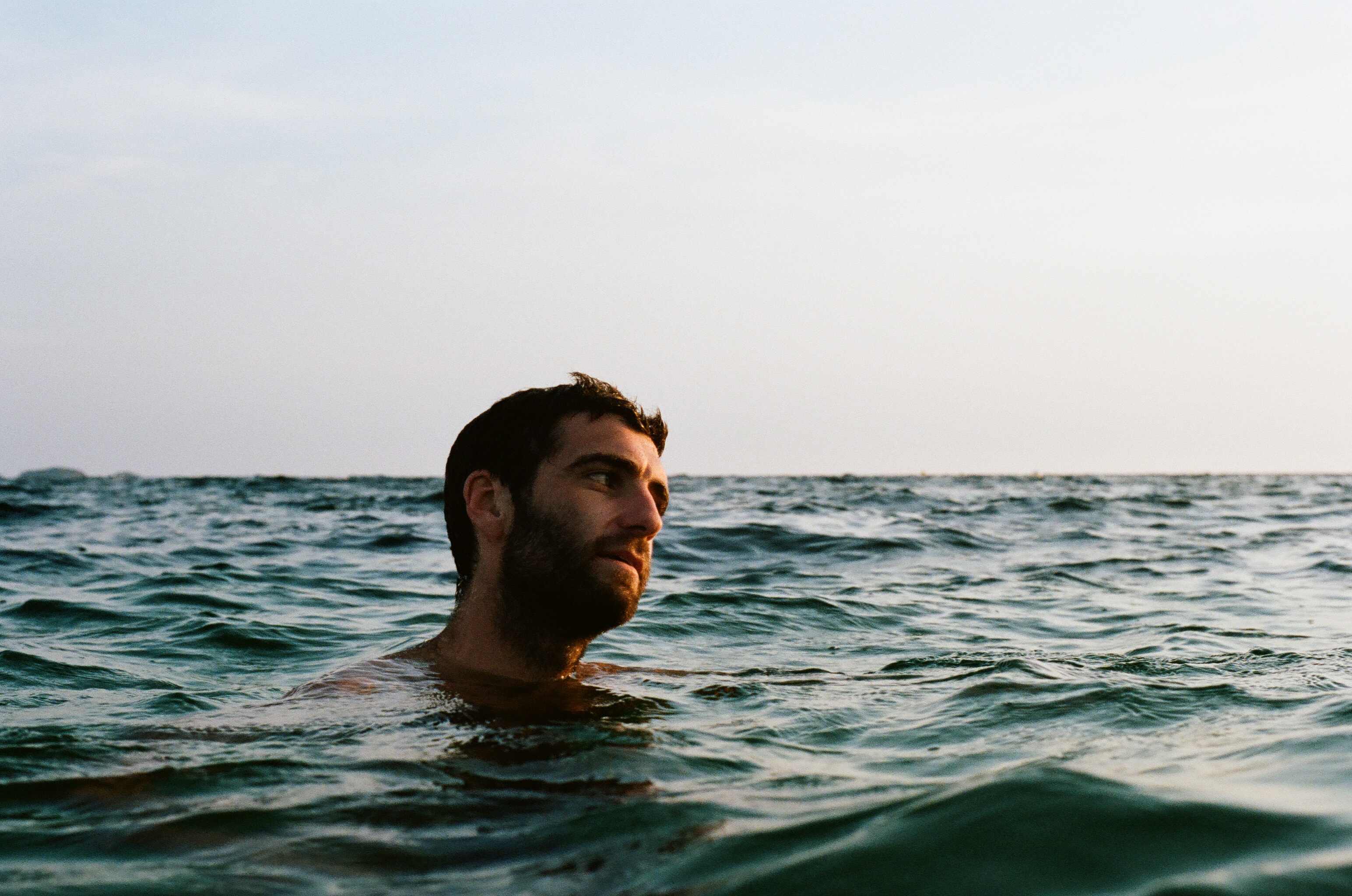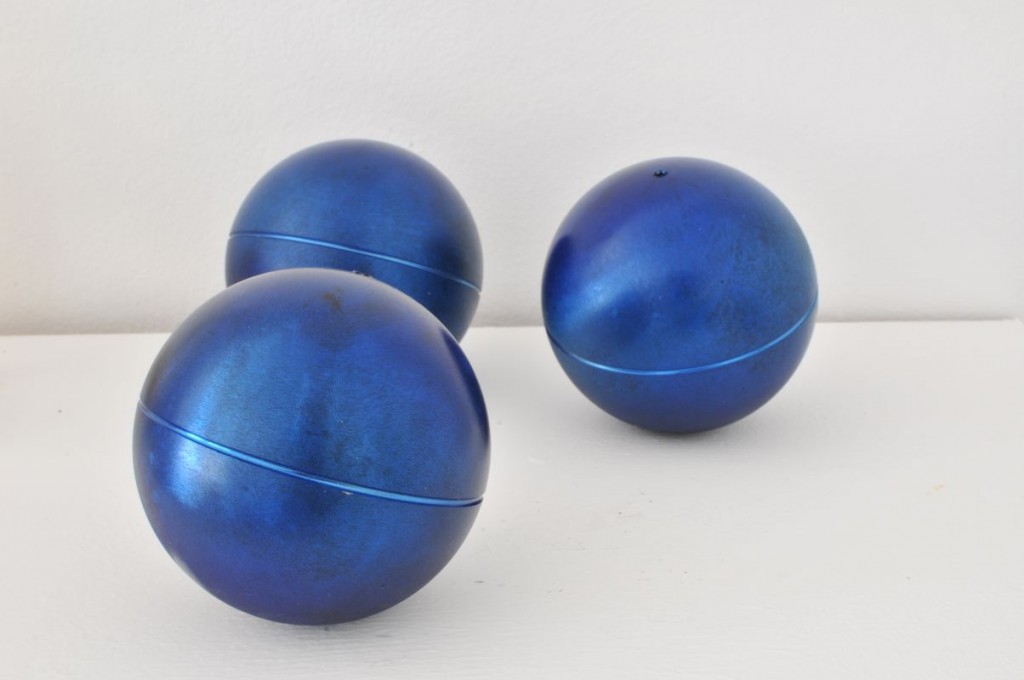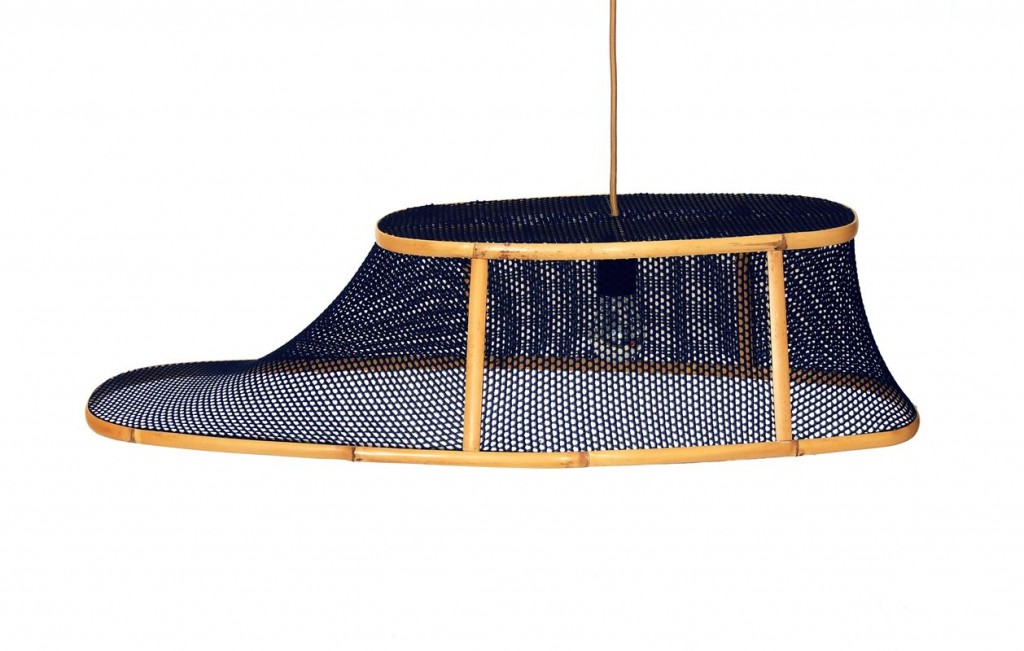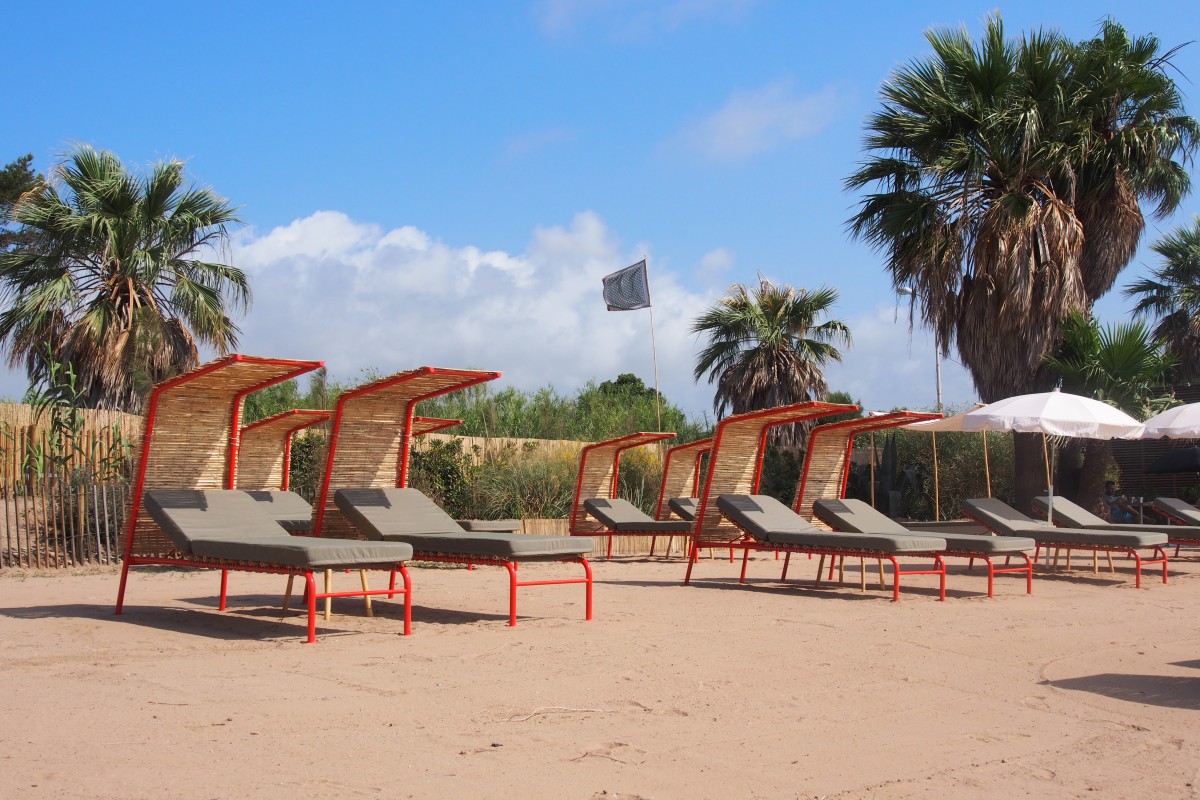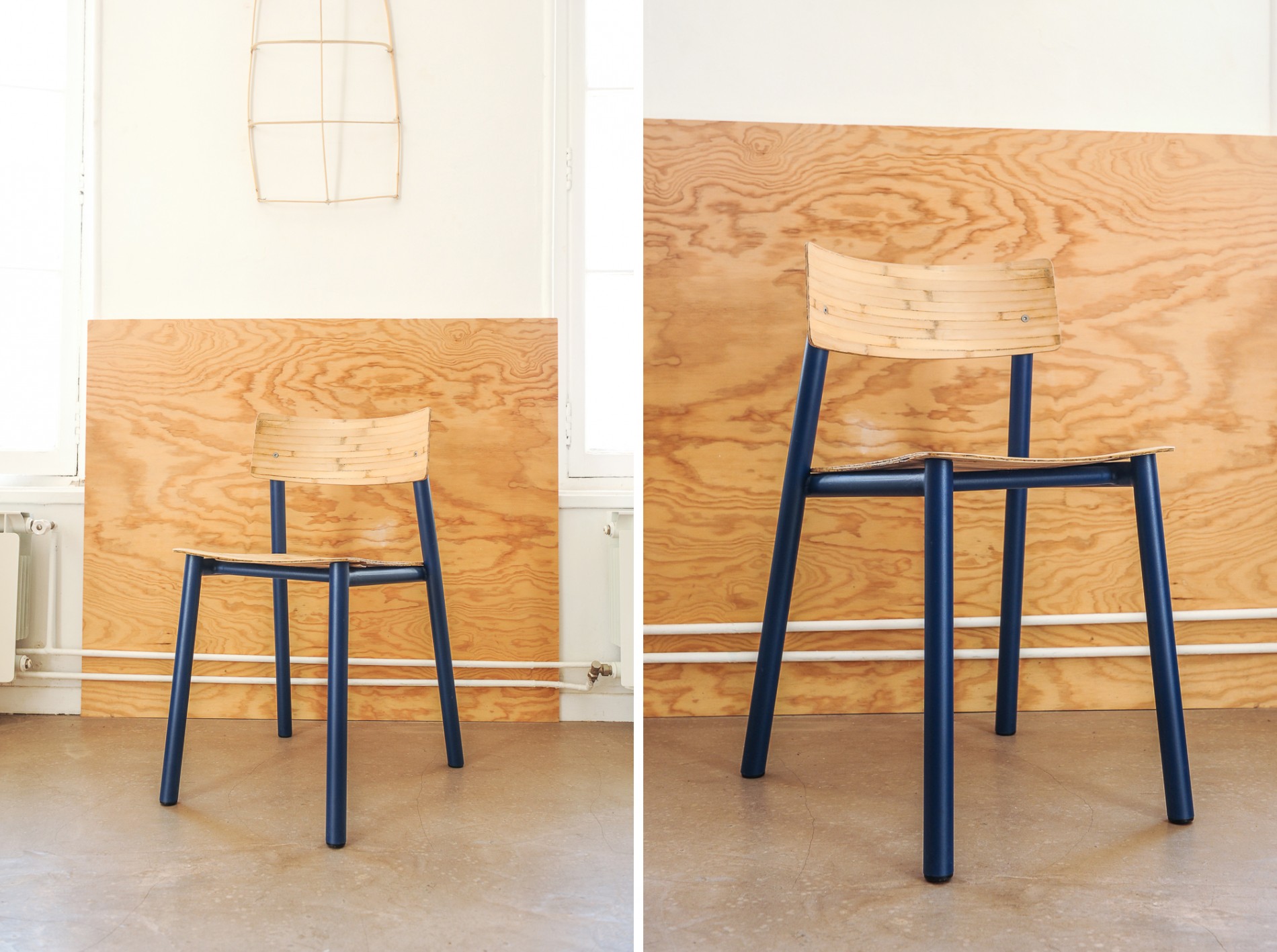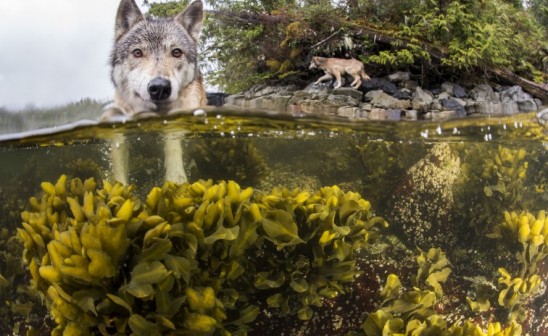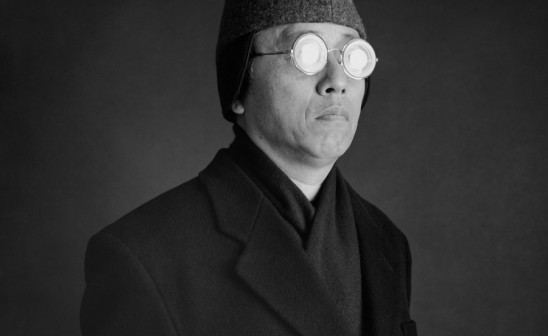Whether it is fresh water, salt water, frozen water or even powder snow, to me, water is an essential element. Water is the very basis of life.
"Provençal" is the word that comes to mind when thinking of Antoine Boudin’s work. Barrulèu, Round e blu, Arundo Donax, Mirau… Born in Avignon, in south eastern France, Boudin gives Provencal names to his creations. Drawing inspiration directly from his origins and the sources of the materials that surround him, the French designer is often described as a marine designer. Influenced by his obsession for the Mediterranean sea, Boudin constantly explores the potential and identity of water. "I need water, I need the sea, I need the ocean, both for my mental and physical health. I need to be in shape, to swim, to paddle, and to glide on water." He especially focuses on a form of sustainable development while using canes of Provence, agave, and nets. We sat down with the French designer for a quick chat.
Where does your sea virus come from?
We used to have a family house in Saint Tropez when I was younger. I used to sail on a sailing dinghy, an Optimist, a Laser, a Hobie Cat. I also started wind-surfing when I was 6 years old. It’s all about passions and crush! As a kid, I dreamt of naval architecture.
What influence does the sea exert on your creations?
My work deals with the maritime, nautical, and aquatic universes. Whether it is fresh water, salt water, frozen water or even powder snow, to me, water is an essential element. It is the very basis of life. For a designer, I find it interesting to focus on where we come from. I find it even more exciting to inject this element into my work, in fact, this is what I enjoy the most. I try to bring a little mystery and that of the unknown to the "earthlings". Sea People, as we call them, those who really live the sea, are UFOs. I sail, I surf, I spend time in the water, however seafarers have a different relationship with life. So trying to bring all this into Earthling’s routine is always a bit surprising. When I tell people that I build boats, they are wide eyed, and listen to what I say. Often people are interested in the boats and in the project. The sea will always remain both a fascinating and a frightening place. At the same time, it remains an alluring place. Some people do feel a real emotion facing a marine-based creation. People love the boat made out of canes of Provence, because they’ve never seen anything like it. It is the only one of its kind in the world.
You built two boats made out of canes of Provence; the first trimaran is called "Gaubeja en Mar", and the second one is a sailing dinghy named "Quieu Bagna". Tell us more about these creations…
I built my very first boat in 2013. It's a trimaran pretty close to a raft. I kind of used it as a test for my second boat. I’d just arrived in Hyères, in the south east of France, and discovered there was a small industry around the canes of Provence. The cane of Provence is a kind of bamboo, and belongs to the family of the giant graminaceous ones. We make reeds out of this cane for saxophones and clarinet. The reed is a thin strip of material which vibrates to produce a sound. The industry in Hyères is said to be the best in the world, and they throw a lot of canes away. As a designer, I have an emotional attachment to notions of sustainable development, recycling and eco-design. I also come from this region so I found it interesting to use these canes of Provence. With some research, and walking on the beaches during winter, I discovered many canes on the sand. Basically, the canes land on the beaches because they grow along the rivers. When there are major floods, water washes the canes out of the ground, back to the river, into the sea, finally washing up on the beaches. I noticed that the canes floated really well. They can be seen as maritime plants in a way. They are like tiny flotation tanks so a cane is a boat in itself. I thought that using 150 canes of Provence would make probably a great boat! With a drawing, and contemporary resins that we use in marine environments, I managed to put the 150 canes together to create a very light boat. "Quieu Bagna" has strengths and weaknesses. Anyway, it sails very well!
You also created a sailing dinghy in 2008, didn't you?
Yes, it is called Quieu Bagna. I have graduated from the ECAL (École Cantonale d’Art de Lausanne) and received my diploma in Industrial Design thanks to this boat. Quieu Bagna is a camping boat inspired by mediterranean boats, made with a latin sail. There is a big bed at the bottom of the boat, benches and a table to enjoy the sun, the sea and spend good moments on the water. A tarpaulin can completely close the boat and create a micro-architecture like a cocoon. This boat is a manifest of the Provençal art lifestyle.
Would you say you have an eco-design approach?
Eco-design means a lot! We have to be careful when we use this term. Some recycled creations can be more polluting than simply destroying materials. The best examples are the wooden chairs. It’s not because they are made of wood that they’re clean. Sometimes, a plastic chair is cleaner than a wooden chair that has travelled the world. It’s a complicated issue. The only thing I can say is that the canes I used for the boat, for example, had a short life cycle. The canes grew 6km away from my home and they sailed from their place of growth. It’s always better than fiber glass that has traveled three times around the world. In this way, I consider myself to be practicing a form of sustainable development. At least, this is what is important to me. These are the constraints that I set for myself. As designers, we have the duty to draw differently. This way, I consider myself being in a form of responsible design indeed.
Tell us more about your process of creation.
It depends on the situation and the product I want to create. There’s no magic method. Sometimes, I can find inspiration quite quickly. And conversely, most of the time, it’s more with pain and suffering. It ends up with sleepless nights and pages of drawings, as I work with hand drawings. I love that, it is the best way I have found to express myself. I currently work on designing a hotel room. In this case, for example, we have a pre-determined plan and we try to put ourselves in the place of our future clients, and the craftsmen who will build the room; a mason, a tile-setter, or an electrician. We have broad principles, then we enter slowly into the material, like a sculptor would do.
You also teach design. Is it important for you to transmit?
It is very important to relay and work together. What I love is mixing generations. I recently saw my Master, a carpenter and cabinetmaker, who taught me from the ages 11 to 17 years old. He’s 70 today. I also have some friends who are 55. I work with young people from 18 to 22. I love that generations are able to meet and share their knowledge. We created "The Maritime Workshop" with my friend, artist and surfer Olivier Millagou. We both teach young people, and we talk a lot about water, especially about the Mediterranean Sea which is known to be the most polluted sea in the world. We tend to raise awareness on ocean pollution and, as designers, we try to find solutions. I remember a couple of years ago, one of our students designed a bin made out of recycled plastics found on the beach. Last year, we built kayaks able to collect garbage and plastic waste floating on the sea surface. The year before, we also created paddles. Our students are very open and I like that.
Discover more of Antoine Boudin's work on his website
Photo Portrait : Joran Briand


